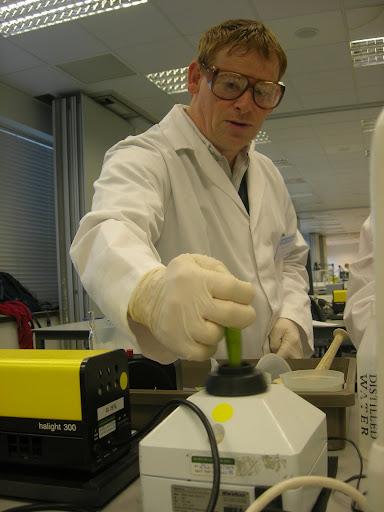The next three chapters are all about the main sequence for stars. This is the thick band of stars that is evident on the old Hertzsprung-Russell diagram. Most stars appear on this main sequence somewhere, hence if being the main sequence...
Chapter 5 - The formation of stars - covers how stars assemble themselves from clouds of dust, and how they first appear. It looks at some of the maths of dust clouds, first work out by James Jeans. He worked on a number of areas, but in this one he looked at the dynamics of gas clouds. He found if they were above a certain density depending on temperature, a cloud of gas would contract and depending on how much was present, form a star - sooner or later. Such stars then start life initially off the main sequence, such as the T Tauri stars, but rapidly hop on following Hayashi tracks and then spend most of their time there.
Chapter 6 - The main sequence life of stars - covers the general structure of stars as they spend their life on the main sequence. It looks at the main nuclear reactions, such as the 3 main ppi types, and the CNO cycle which kick in at different temperatures and pressures. It also considers a minimum and maximum size that stars can reach and how long such stars live for. Broadly speaking, the bigger the star, the shorter its life.
Chapter 7 - The life of stars beyond the main sequence - covers what happens towards the end of a stars life. Stars reach the end of their lives when they run out of fuel. This is basically hydrogen that is in the core of the star. Thats the hottest and densest part, and the only place fusion can take place. As it uses it up, things get increasingly desperate. If the star is big enough, it runs out, contracts, warms up a bit more, and can burn a small shell of hydrogen around the core. It can also start to burn helium if things get warm enough, using the triple alpha process, which burns 3 helium -> 1 carbon. At this stage it swell up into a much larger Red Giant star, which is the fate of our Sun. After this, things get increasingly desperate. Carbon burning is possible and will keep a large star going for 10,000 years maybe, followed by neon burning (1 year), oxygen burning (6 months) and finally silicon burning lasting a day. At this point there is nothing left to burn! What could possibly happen next.
skip to main |
skip to sidebar

Life studying for a 2nd time around with the Open University and others.
My Latest Blip
About Me
Topics
- A251 (7)
- astronomy (1)
- CMA (4)
- coursera (8)
- courses (40)
- degree (1)
- ECA (2)
- exam (7)
- experiment (3)
- G+C (7)
- html (1)
- intro (1)
- java (1)
- quantum mechanics (1)
- residential (43)
- S103 (19)
- S170 (1)
- S171 (1)
- S193 (1)
- S194 (4)
- S196 (1)
- S204 (21)
- s205 (18)
- S282 (17)
- s283 (8)
- S320 (12)
- S366 (11)
- S377 (10)
- SD329 (9)
- sk195 (2)
- sxr103 (3)
- SXR208 (9)
- sxr270 (7)
- sxr270tutor (7)
- SXR375 (9)
- SXR376 (8)
- TMA (49)
- tutorial (4)
- udemy (3)




No comments:
Post a Comment